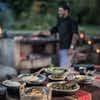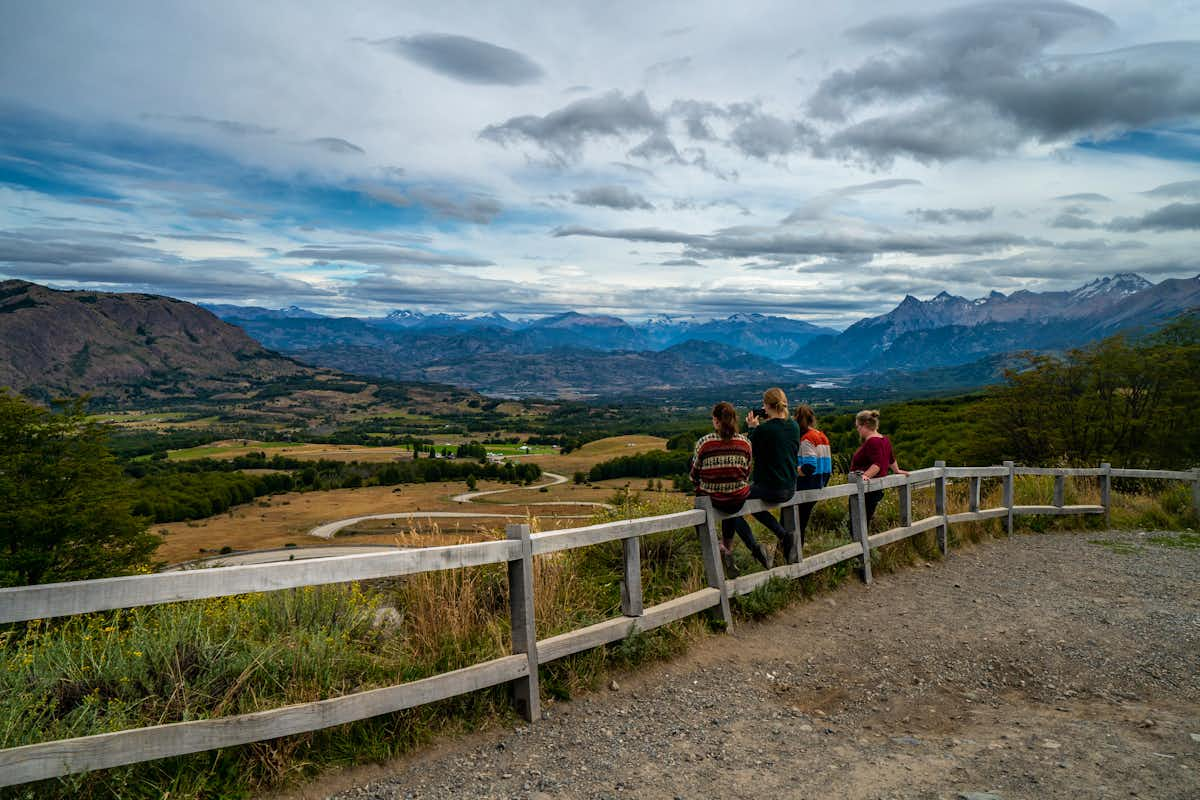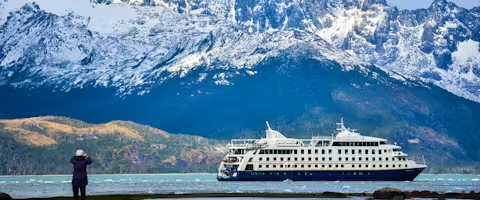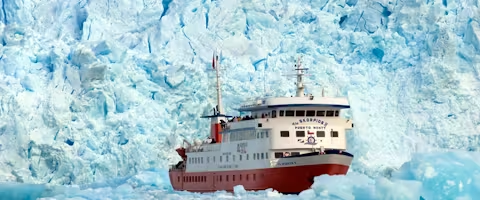Set sail on this incredible End to End Patagonia cruise venturing deep into the Chilean Fjords, getting up close to stunning glaciers and abundant wildlife, all from the comfort of a luxury 5* Antarctic vessel.
Trip Summary
- Enjoy fine dining, personal butler service, and panoramic views aboard the state-of-the-art Silver Endeavour
- See UNESCO World Heritage churches in Chiloe
- Listen to fascinating lectures from experienced guides in the Explorer Lounge
- Cruise through the Beagle Channel and then by Zodiac to the Garibaldi Glacier
Trip Overview
From
$8,079
Operator's Itinerary
Start from Valparaiso and end at Puerto Williams
Landmarks visited on Ultimate Patagonia Cruise
Swoop. Your adventure story.
The Patagonia experts
We are guides, guardians, and travellers with over 400,000 hours of lived experience in Patagonia.
Any adventure, so long as it’s yours
From a world of options, we’ll help you discover your perfect trip.
B Corp certified
We care deeply about protecting Patagonia, that’s why 1% of our revenue goes to conservation.
With you at every step
Our dedicated support throughout will make sure you have the experience of a lifetime.

















